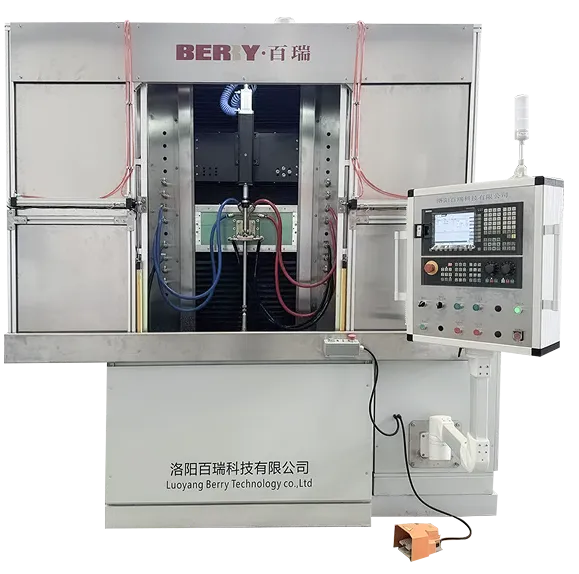
Induction hardening is a surface heat treatment process used to increase the wear resistance, surface hardness, and fatigue life of ferrous metal components by creating a hardened outer layer while maintaining a tough, unaffected core microstructure. This is achieved through rapid, localized heating of the component's surface using high-frequency alternating current in an induction coil, followed by rapid cooling (quenching).
A copper coil carrying a high-frequency alternating current is placed near (but not touching) the steel component. This generates a strong, rapidly changing magnetic field. The alternating magnetic field induces eddy currents within the surface layer of the workpiece. The resistance to the flow of these eddy currents causes rapid and intense heating of the surface. Hysteresis losses in magnetic materials also contribute to the heating.
Once the surface reaches the desired hardening temperature (above the austenitic transformation range), it is rapidly cooled using a quenching medium such as water, oil, brine, or air. This rapid cooling transforms the microstructure of the heated surface layer into martensite, which is very hard and brittle. The core of the component remains unaffected by this rapid heating and cooling cycle.
After hardening, the component may be tempered at a lower temperature to reduce brittleness and relieve internal stresses in the hardened layer, while still maintaining a high level of hardness.